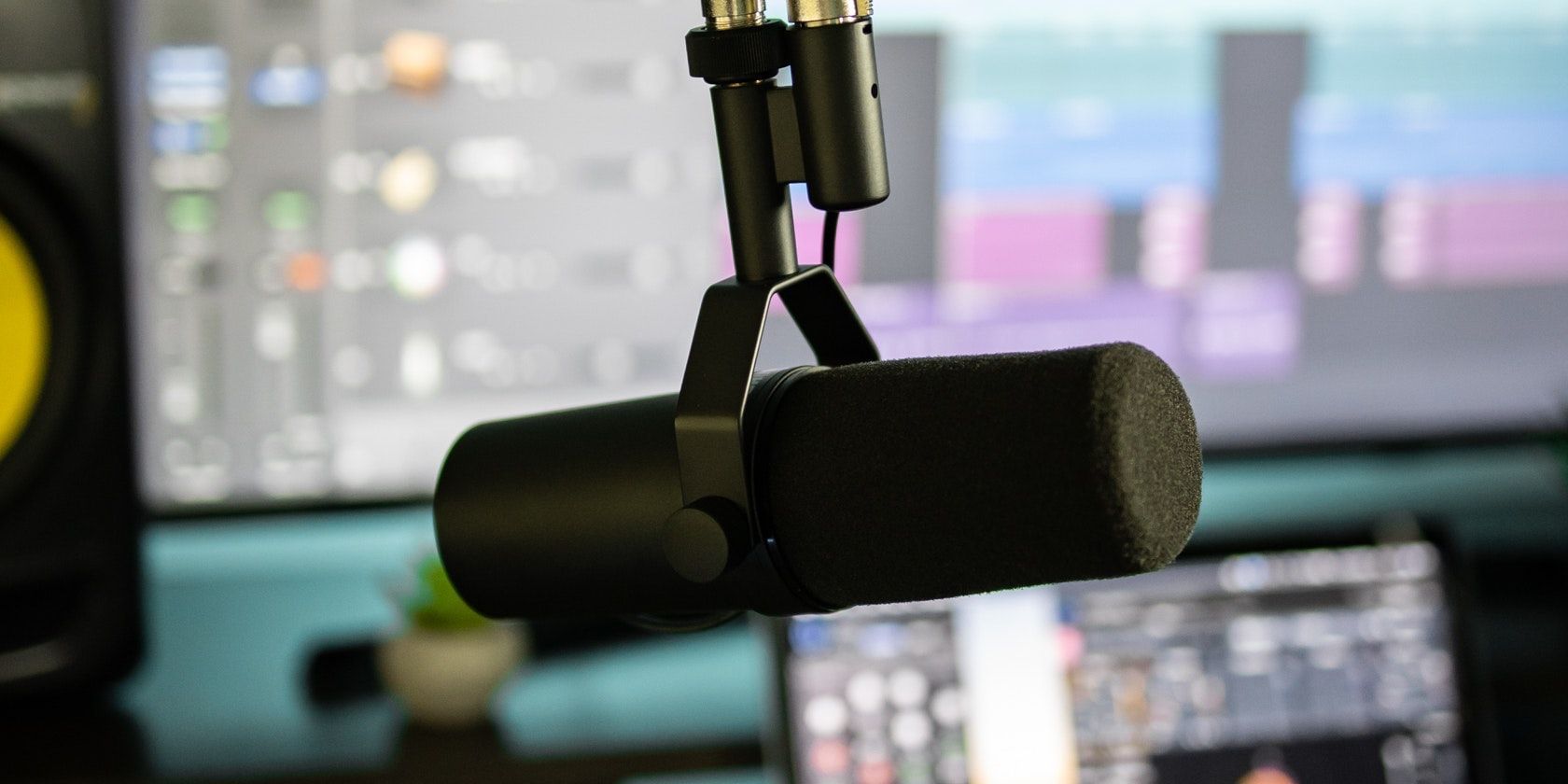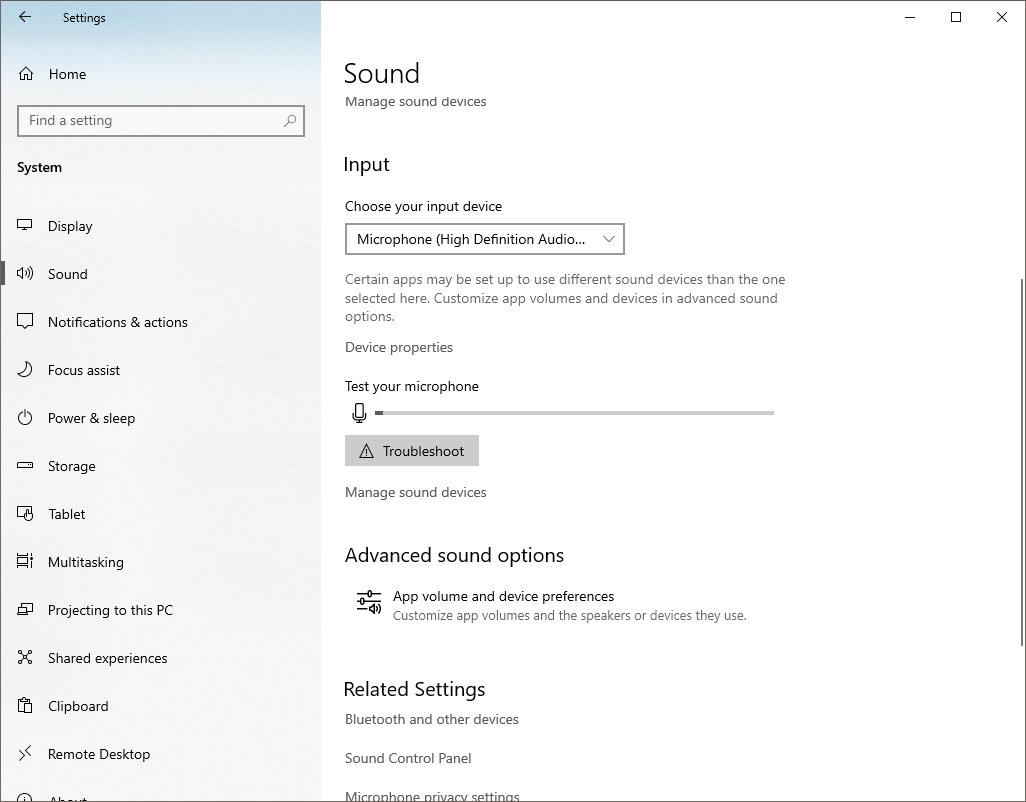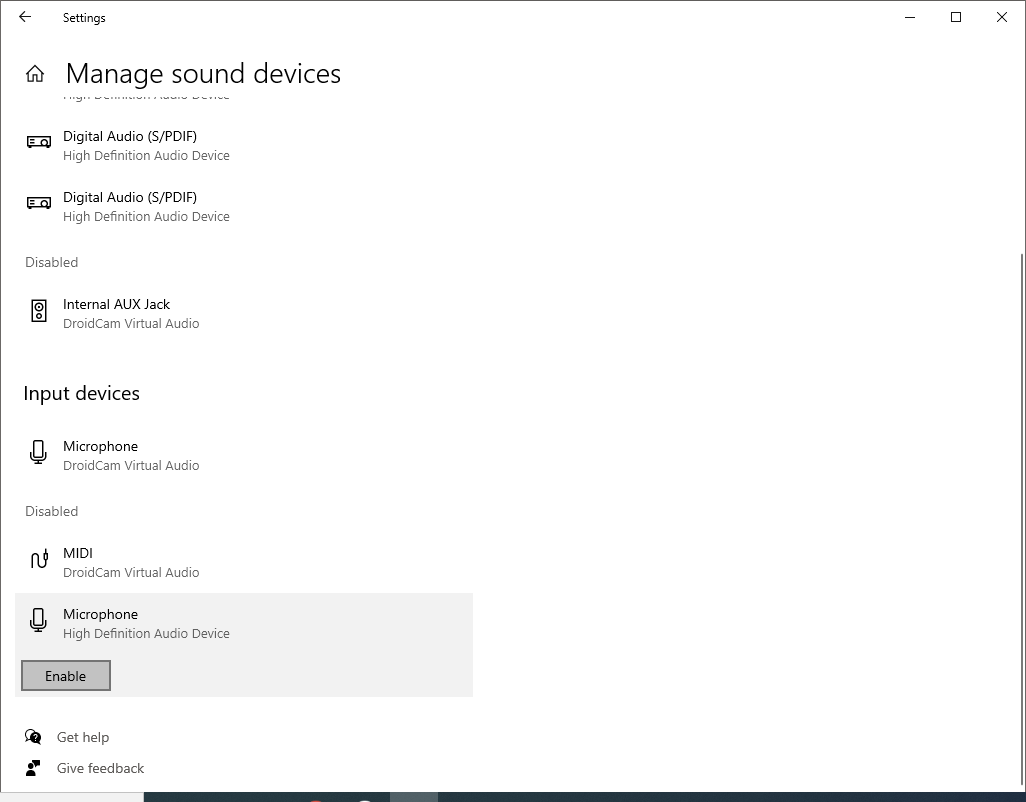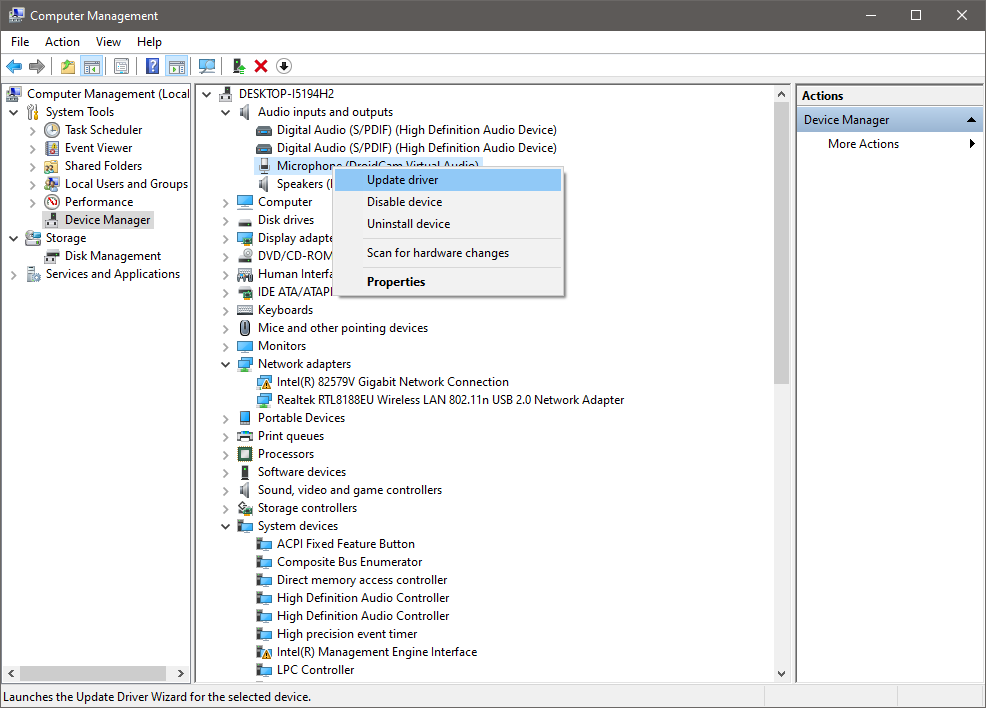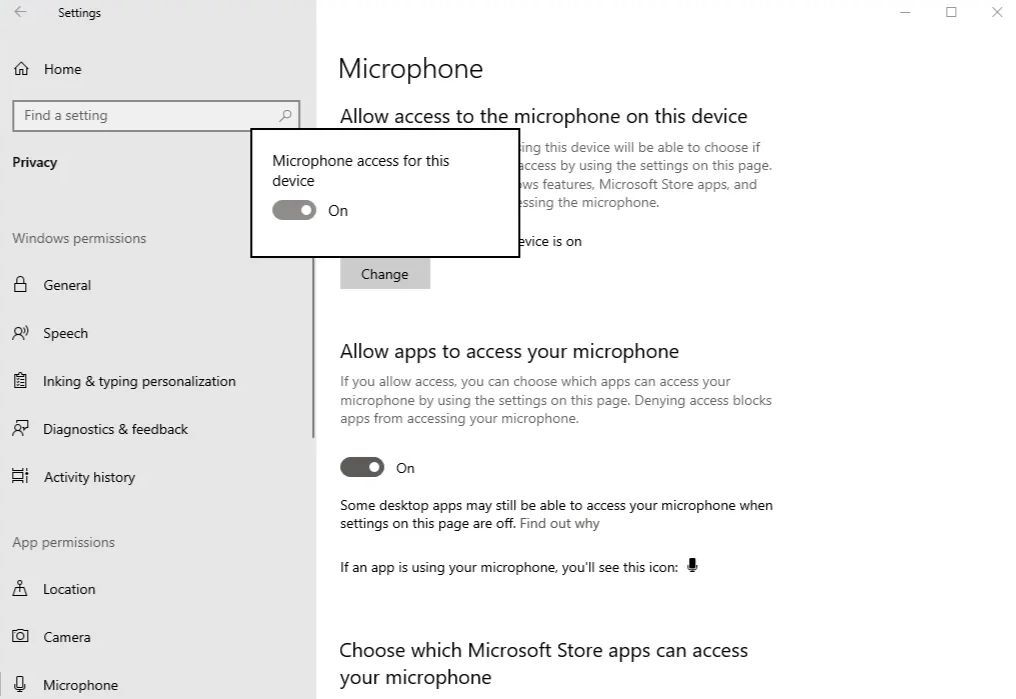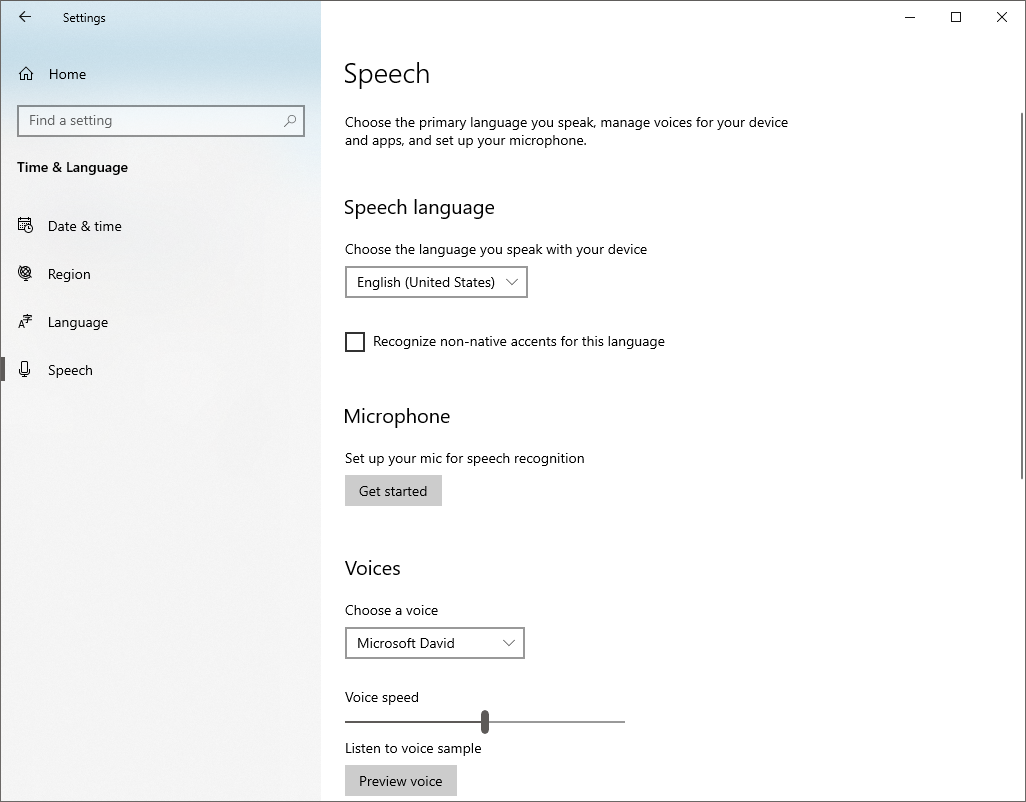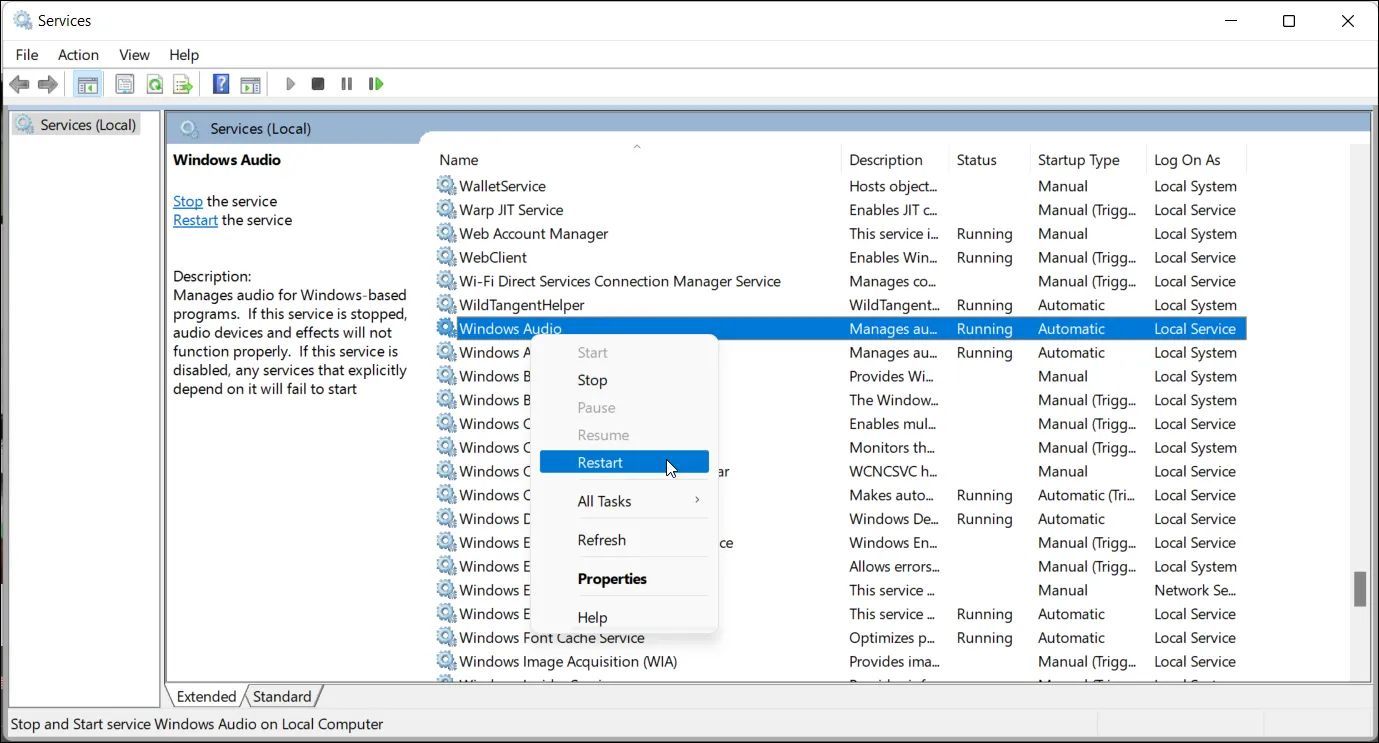Windows gets lots of updates and has years of fixes under its belt... and yet, things can still go wrong. For example, your computer may fail to detect your microphone even if it is plugged in.
Some of the more obvious reasons for this cause include a malfunctioning port or microphone. It could also happen due to driver issues or Windows interfering with the microphone's driver. Here are some quick fixes to help you reconnect with your friends if you are experiencing the same issue.
1. Inspect the Microphone and Your Computer's Ports
To rule out the possibility of a hardware issue with your microphone, you should first inspect the hardware. If your microphone is okay, the computer's audio port might have worn out over time and no longer works properly.
To figure out if it's your hardware that's to blame:
- Check your microphone's wire for any damage, especially at the ends where it connects to your PC.
- Plug the microphone into any other device (if available) to test if it works.
- Check the connecting jack for any bending or burning.
- Check whether any other device (if it is available) works on the same port on your computer.
If the microphone cable is in good condition, but it fails to connect to a different device, that means it's likely a problem with the microphone. This needs to be inspected by the technician.
If there is no damage to the microphone's jacks and wires, the microphone works properly with other systems, and your computer does not respond to other devices connected to the same port, there is a problem with your computer port. If that’s the case, follow the instructions in our guide for fixing the USB port. Otherwise, continue to use the other USB port.
If none of the above issues are present and the microphone is still not being picked up by your computer, you might want to disconnect all other devices you are simultaneously connecting to your PC.
2. Disconnect All Other Devices
Disconnecting other devices may eliminate any interference with the microphone's connectivity. Try plugging back in the microphone after disconnecting all other devices to see if your PC recognizes it this time. If not, the problem lies elsewhere.
3. Close Other Apps That Use the Microphone
If a specific app isn't detecting the microphone, ensure that any other app isn't using it simultaneously. Close video conferencing clients, streaming software, or other similar apps if they are currently running on your device. Closing these apps should make the microphone reachable, and the app you're having trouble with will be able to detect it.
4. Changing the Default Audio Device
Sometimes, your PC will have a default audio input device set in its settings. If this happens, your PC will use that device to record audio instead of your microphone. This means Windows will only listen to the set device, even though your microphone is plugged in.
Follow these steps to change the default audio device:
- Go to Windows Settings app.
- Navigate to System settings from the list of options.
- Click on Sound in the menu on the left sidebar.
-
Open up the Input devices dropdown menu and select your microphone.
These steps apply to Windows 10. Other versions of Windows may show different visuals. If you are encountering this problem on Windows 11, check out our guide on how to fix the microphone on Windows 11.
5. Enable a Disabled Microphone
If setting your default audio device to a microphone doesn't make your device up and running, then there's a chance you disabled it in the past. If you disable a microphone, Windows won't let you use it when you plug it in.
To check if this is the case, follow the below steps to enable the microphone:
- Open the Settings app.
- Navigate to the System setting and click on Sound in the left sidebar.
- Next, click on Manage sound devices under the Troubleshoot button in the Input devices settings.
-
Scroll down, locate your device under the Disabled section, and enable your microphone by clicking Enable.
You can enable the microphone via the Control Panel if you use an older version of Windows.
6. Update Your Microphone's Drivers
If you have a brand-new microphone with outdated or no drivers, it can mess with how the microphone works. This can happen if you disable automatic driver downloads from Windows, which means your microphone won't get the latest updates.
Alternatively, the older version of your OS isn't supported any longer, resulting in no microphone being detected at all. Thus, it is also imperative to rule out this possibility. To make sure your microphone drivers are up-to-date, follow these steps:
- Go to your Windows desktop and right-click on This PC.
- In the menu, select Manage.
- In Computer Management windows, click on Device Manager on the left sidebar.
- Expand the Audio inputs and outputs category.
- Locate your microphone from the list of devices.
-
Right-click on your microphone and select Update driver.
Click Search automatically for drivers in the new popup window. It will automatically look for any updated microphone drivers available and install them for you.
If you have downloaded the drivers from the manufacturer's website, you can manually install them by clicking on the second option in the popup window that says, Browse my computer for drivers.
7. Check Your App Permissions
Sometimes your microphone won't work because it doesn't have permission to operate. You may have removed your microphone's permissions on purpose and forgotten to turn them back on, or a program may have changed your app permissions without you knowing.
If this is the case, giving the microphone permission to operate will immediately fix the issue. You can change your microphone's access by following these steps:
- Click on the Windows icon in the lower left-hand corner of the taskbar and click on Settings.
- Navigate to Privacy settings.
- Select the Microphone option in the left sidebar under App permissions.
- Check if the microphone access for this device is On or Off.
-
Turn the toggle to the right to turn it back on if it's already Off.
If changing the permission hasn't solved the problem, you can run the speech troubleshooter as a last resort to fix the microphone.
8. Run the Speech Troubleshooter
Using the speech troubleshooter will allow your OS to diagnose the connection between the computer and the microphone. The auto-diagnostic test often detects hidden connectivity issues that traditional methods can't resolve.
To find and run the troubleshooter, follow these steps:
- Click on the Windows icon in the lower-left corner of the taskbar and click on Settings.
- Locate Time & Language and open the settings.
- Select Speech from the menu on the left sidebar.
-
Under Microphone, click on the Get started button.
This will open up a new window with several troubleshooting options. Choose Cortana can't hear me. Select the device (your microphone) that you want to troubleshoot. Tap Next after selecting the device.
The troubleshooter will then proceed to detect problems and, once they are identified, select and implement the recommended action. Even if nothing else has worked, hopefully, this step will help you get your microphone back on track.
9. Ensure Windows Audio Service Is Running
The Windows Audio service manages audio for apps and programs running on the operating system. Windows won't detect the microphone when this service isn't running. To check whether it is active, follow these steps:
- Type "Services" in Windows Search and open the Services app.
- Find the Windows Audio service.
- If the status for this service shows "Running," it is already operational. In that case, there is no need to take any action.
-
If it isn't active, right-click on it and click Restart.
Get Your Microphone Up and Running Again
Seeing your microphone not being detected by your Windows computer can be frustrating. We hope the fixes above will help you fix the issue and let you use your microphone again on your computer. If the problem turns out to be hardware-related, have it inspected by a technician.

